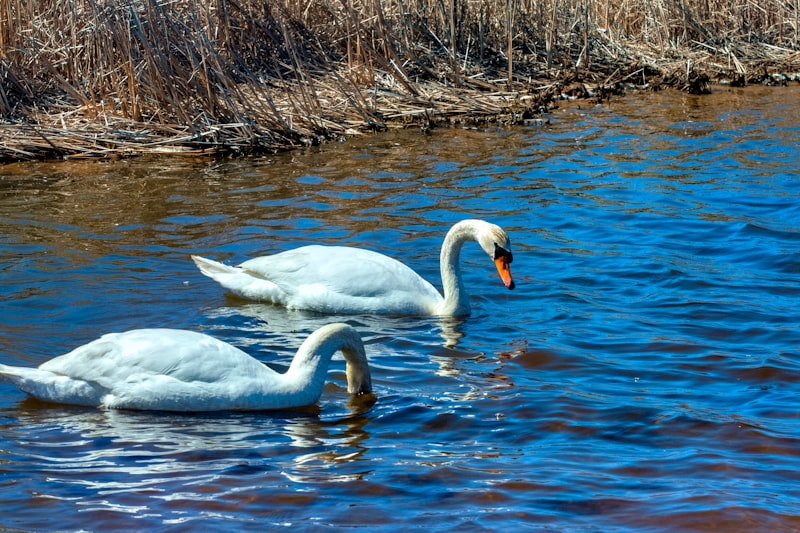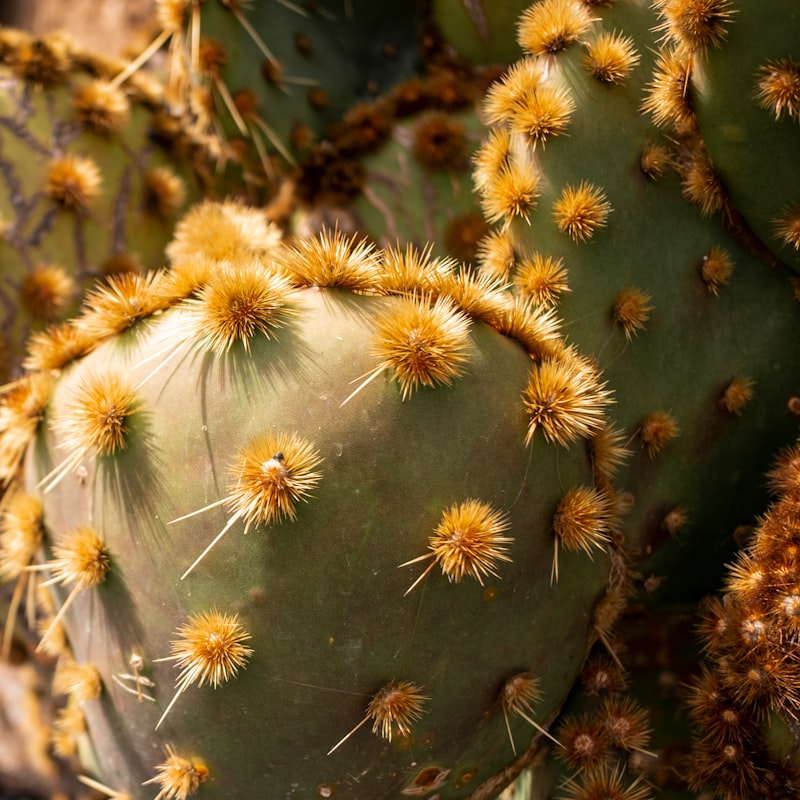Have you ever marveled at the kaleidoscope of colors and intricate patterns that adorn certain animals? Nature, in its boundless creativity, has endowed various creatures with striking colorations that serve multiple purposes, from camouflage to signaling. Let’s delve into some fascinating examples of animals with unique coloration and patterns.
First up, the poison dart frog. These pint-sized amphibians flaunt a dazzling array of hues, ranging from vibrant yellows and oranges to electric blues and reds. Contrary to their diminutive size, these bright colors send a clear warning to predators about their toxicity, a clever adaptation known as aposematism.
Moving to the ocean depths, the mandarinfish captivates with its intricate patterns and vivid colors resembling a painter’s palette. Found in the tropical waters of the Pacific, these fish boast psychedelic hues of blue, orange, and green, serving not only as a visual feast but also as a means of attracting potential mates during courtship rituals.
On land, the okapi, often referred to as the “forest giraffe,” sports a unique coat pattern akin to that of a zebra but with a velvety chocolate-brown hue. Native to the dense rainforests of Central Africa, its striped markings help it blend seamlessly into the dappled sunlight and shadows, providing effective camouflage from predators.
In the avian realm, the resplendent quetzal stands out with its iridescent green plumage and crimson belly. Revered by the ancient Maya and Aztec civilizations, this bird’s breathtaking colors symbolize freedom and beauty in Central American folklore.
Nature’s Palette: 10 Animals with Astonishingly Unique Color Patterns
-
Mandarin Fish: Imagine a fish that looks like it swam straight out of a painter’s dream. The Mandarin Fish boasts a stunning array of colors – electric blues, vivid oranges, and neon greens swirl together like a living rainbow. Found in the Pacific Ocean, this fish is a testament to nature’s creativity.
-
Peacock Spider: Despite its tiny size, the Peacock Spider rivals its namesake in terms of vividness. Found in Australia, these spiders display vibrant hues of blue, red, and yellow on their abdomens, creating a mesmerizing spectacle during their mating dances.
-
Mandrill: Known for its colorful face, the Mandrill is perhaps the most colorful primate. With a striking blend of blue, red, and yellow on its muzzle, this monkey uses its unique appearance not just for beauty but also to communicate within its social group.
-
Poison Dart Frog: Don’t be fooled by its small size; the Poison Dart Frog wears some of the boldest colors in the animal kingdom. From bright yellow to deep blue, these frogs signal danger to potential predators through their eye-catching patterns.
-
Peacock: The male Peacock is famous for its extravagant display of iridescent feathers. Shades of blue, green, and bronze shimmer in the sunlight, making it one of the most visually stunning birds found in nature.
-
Mantis Shrimp: Beneath the ocean’s surface, the Mantis Shrimp sports a technicolor exoskeleton that almost seems unreal. With colors ranging from vibrant purples to electric blues, it uses its dazzling appearance both as camouflage and for communication.

Blue-Ringed Octopus: This tiny octopus might seem innocuous, but its name gives away its secret – stunning blue rings that appear as a warning when it feels threatened. Found in the Pacific and Indian Oceans, its small size belies its potent venom.

Harlequin Tuskfish: Living in coral reefs, the Harlequin Tuskfish showcases a vivid mix of orange, blue, and green across its body. Its striking appearance not only helps it blend into its surroundings but also makes it a sight to behold for divers.
-
Regal Angelfish: True to its name, the Regal Angelfish sports a majestic pattern of alternating yellow and blue vertical stripes. Found in tropical waters, it embodies the elegance and beauty that marine life can exhibit.
-
Amazonian Royal Flycatcher: In the depths of the Amazon Rainforest, this bird stands out not just for its long crest but also for its brilliant coloration. With shades of scarlet and purple adorning its plumage, it exemplifies nature’s ability to create beauty in the most unexpected places.
Nature’s palette is indeed vast and diverse, with each of these animals showcasing a unique blend of colors and patterns that captivate the eye and spark curiosity. From the depths of the oceans to the heart of dense jungles, these creatures remind us of the endless wonders that await discovery in the natural world.
Beyond the Rainbow: Discovering the World’s Most Colorful Creatures
Nature’s palette is rich and vibrant, filled with creatures that seem to defy the imagination with their breathtaking colors. From the depths of the oceans to the dense rainforests and even our own backyards, the world is teeming with animals adorned in hues that rival any artist’s canvas.
Imagine encountering the resplendent Mandarin fish, gracefully swimming in the coral reefs of the Pacific Ocean. Its body adorned with vivid orange scales interspersed with shades of blue and green, as if it were painted by a masterstroke of nature herself. These fish not only blend into their vibrant surroundings but also stand out as a testament to the beauty hidden beneath the waves.
Venture into the heart of the Amazon rainforest, where the poison dart frogs reign supreme in their brilliant attire. These tiny amphibians boast an array of colors from electric blue to fiery red, warning predators of their toxicity while captivating human eyes with their mesmerizing patterns. Each species showcases unique variations, like living jewels scattered among the foliage.
Above the canopy, the resplendent quetzal of Central America flaunts its emerald green feathers, shimmering with iridescence in the dappled sunlight. Revered by ancient civilizations as a symbol of divinity, these birds continue to awe modern-day observers with their mystical allure and unparalleled beauty.
Back on land, the peacock spider dances across the Australian outback with its striking displays of color. Despite its diminutive size, this arachnid boasts vibrant hues and intricate patterns that rival its avian namesake, captivating mates and researchers alike with its kaleidoscopic appearance.
Even the smallest creatures, like the blue morpho butterfly of South America, contribute to nature’s tapestry with wings that shimmer in hues of metallic blue. These delicate insects not only evade predators with their dazzling camouflage but also inspire wonder among those lucky enough to witness their fleeting beauty.
In every corner of the globe, from the depths of the seas to the heights of the skies, nature surprises us with its vibrant inhabitants. Each creature, adorned in its own unique colors and patterns, serves as a reminder of the awe-inspiring diversity that enriches our planet.
Stripes, Spots, and Swirls: The Science Behind Animals’ Dazzling Designs
Firstly, let’s talk about stripes. You see them on animals like zebras, tigers, and even fish like the clownfish. Stripes often serve as a form of camouflage called disruptive coloration. This means the pattern breaks up the animal’s outline, making it harder for predators to spot them amidst their surroundings. Imagine a zebra blending into the tall grasslands or a tiger disappearing into the dappled light of the forest floor. It’s nature’s way of playing hide-and-seek.
Next up, spots. Leopards, cheetahs, and jaguars are just a few of the creatures rocking these fashionable marks. Spots can serve multiple functions. For predators, they can act as a form of mimicry, resembling dappled sunlight on the forest floor or shadows amidst foliage, helping them remain unseen by their prey. For prey animals, spots can help confuse predators by distorting their perception of distance and speed. It’s like nature’s optical illusion, keeping everyone on their toes.
And then there are swirls or spirals. Think of the intricate patterns on a seashell or the mesmerizing markings on a snake. These designs often serve as unique identifiers within species or can help with thermoregulation. The arrangement of swirls can also enhance an animal’s agility and movement, helping them navigate their environment with precision.
Beyond their functional roles, these patterns also play a significant role in communication within species. From attracting mates to signaling dominance or even warning others of danger, animals use their distinctive markings to convey messages that are vital for survival.
Nature’s palette of stripes, spots, and swirls isn’t just for aesthetic appeal; it’s a finely tuned adaptation honed through millions of years of evolution. Each pattern tells a story of survival, adaptation, and the perpetual dance between predator and prey in the wild.
From Polka Dots to Zigzags: Unraveling the Mystery of Nature’s Patterns
Imagine strolling through a sun-dappled forest where every leaf, with its unique arrangement of spots and lines, tells a story of adaptation and survival. Each pattern, whether it’s the concentric rings of a tree trunk or the fractal symmetry of a snowflake, serves a purpose far beyond aesthetics. They are blueprints for camouflage, signals for communication, or efficient designs for energy conservation.
Take the humble zebra, its bold stripes a marvel of nature’s engineering. Scientists believe these contrasting bands may help regulate body temperature or even repel biting insects. Such patterns are not mere decoration but evolved strategies honed through millennia of natural selection.
Nature’s penchant for patterns goes beyond the visual. The Fibonacci sequence, a mathematical pattern found in sunflower spirals and seashell curves, reflects a universal order that transcends species. It’s a testament to the underlying harmony and logic that governs our world.
But why are humans so drawn to these patterns? Perhaps it’s because they mirror our own quest for understanding and beauty. Just as a painter uses brushstrokes to create harmony on canvas, nature employs patterns to compose its symphony of life.
From the delicate symmetry of butterfly wings to the chaotic splendor of a coral reef, nature’s patterns remind us of the boundless creativity that surrounds us. They challenge us to unravel their mysteries, inviting us to delve deeper into the wonders of our natural world.
Camouflage Kings: How Animals Use Coloration for Survival
Ever wondered how animals seemingly disappear into their surroundings like masters of disguise? It’s all about their remarkable ability to use coloration as a survival strategy. From the depths of the rainforest to the vastness of the desert, animals employ camouflage to evade predators or sneak up on prey. Let’s dive into this fascinating world of natural deception.
Picture a chameleon effortlessly blending into the foliage with its vibrant greens and browns. This iconic lizard not only changes its color but also its texture to match its surroundings. It’s a survival tactic that’s as much about hunting as it is about avoiding becoming someone else’s lunch.
But chameleons aren’t the only ones adept at the art of disguise. Consider the Arctic fox, which sheds its brown summer coat for a thick, white one in winter, allowing it to vanish against the snowy backdrop. This seasonal wardrobe change isn’t just for show; it’s a matter of life and death in the harsh Arctic environment.
Even insects like the stick insect take camouflage to the next level. With bodies resembling twigs or leaves, they blend seamlessly into their habitat, making it incredibly challenging for predators to spot them. It’s nature’s version of a hidden object game played out in the wild.
Coloration isn’t just about blending in; it’s also about standing out when it matters. Take the poison dart frog, adorned in bright hues of red, blue, or yellow. These vibrant colors serve as a warning to potential predators that they pack a toxic punch. It’s a bold statement that says, “Eat me at your own risk.”
The evolution of camouflage showcases nature’s genius at work. Over millennia, animals have adapted their appearances to maximize their chances of survival. Whether through mimicry, disruptive coloration, or masquerade, each strategy serves a specific purpose in the intricate web of predator-prey relationships.
Next time you’re out exploring nature, take a closer look. You might just witness firsthand how these camouflage kings navigate their world with unparalleled stealth and cunning. After all, in the wild, blending in can mean the difference between life and death.
Bold and Beautiful: Exotic Animals Sporting Rare and Vibrant Colors
Take, for instance, the resplendent quetzal, a bird celebrated by ancient civilizations for its iridescent green and deep blue plumage. Found in the cloud forests of Central America, its colors shimmer like precious gemstones under the dappled sunlight. This bird isn’t just colorful; it’s a symbol of freedom and beauty, its long tail feathers trailing like a painter’s brushstroke through the air.
Moving to the ocean’s depths, the mandarinfish dazzles with its psychedelic orange, blue, and green patterns. Despite its diminutive size, it stands out as one of the most vividly colored fish in the world. Each scale seems painted with intricate detail, making it a prized sight for divers lucky enough to encounter it in the coral reefs of the Pacific.
Meanwhile, in the arid deserts of Africa and Asia, the fennec fox stands out not only for its oversized ears but also for its creamy white fur and striking black accents. Its fur isn’t just camouflage; it’s a statement of adaptation to its harsh environment, blending beauty with survival in a land where every drop of water is precious.
These animals aren’t just a spectacle of colors; they’re a testament to evolution’s creativity. From the Amazon to the Arctic, nature has painted its creatures with hues that defy imagination. Whether for camouflage, attracting mates, or warning predators, each color serves a purpose as unique as the species wearing it.
Frequently Asked Questions
How do animals with unique coloration adapt to their environments?
Learn how animals with unique coloration adapt to their environments. Discover the fascinating ways in which their colors help them survive, including camouflage, warning signals, and thermal regulation.
Why do some animals have bright colors as a warning to predators?
Learn why certain animals display bright colors to warn predators. Understand how these colors signal danger or toxicity, helping predators avoid potential harm. Explore how this adaptation enhances survival by reducing attacks and promoting species survival.
What animals have unique coloration and patterns for camouflage?
Discover which animals use unique coloration and patterns for camouflage in their natural habitats.
How do animals develop unique color patterns for mating displays?
Learn how animals develop distinct color patterns specifically for mating displays through genetic variations and natural selection. These patterns often evolve to attract mates, signal health, or provide camouflage, influenced by environmental factors and species-specific behaviors.
Which animals exhibit iridescent colors and what purpose do they serve?
Discover which animals display iridescent colors and their purposes. Explore how these colors function in nature for communication, camouflage, attracting mates, or signaling aggression.


